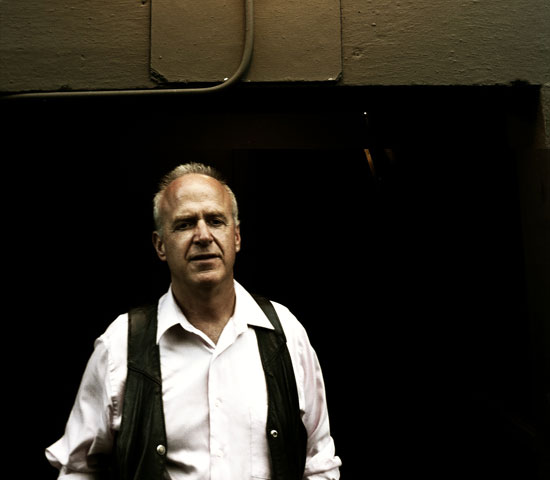Educator
September 18, 2016
Read a compiled list of references here (PDF, 6.3 mb)
Below you will find a selection of creative writing programs by Michael McLaughlin.
Poetry to Go
Poetry to Go is a program for K-12th graders which involves 40-55 minute long theme or craft-based workshops. The emphasis is on process, performance and publication of original work. The curriculum’s modules can be used:
- to enhance preexisting literature programs or
- as the basis for ten-thirty week imaginative writing programs which stand on their own.
Commonly addressed themes in Poetry to Go are family, loyalty, violence, passion and honor, with personification, onomatopoeia, simile, metaphor and repetition among the many featured elements of craft. A typical workshop involves examples from contemporary poetry, a group piece on the board, 20-30 minutes of individual writing and a staged poetry "read" at the end. Poetry to Go workshops are excellent for those who rap, slam or “sport” musical as well as verbal skills.
Flash Fiction
Flash Fiction is a program for 3rd-12th graders which involves 55-minute fiction writing modules, each targeting a different component of narrative prose. The curriculum’s craft-based modules can be used:
- to enhance preexisting literature programs or
- as the basis for ten- thirty week imaginative writing programs which stand on their own.
Sessions typically commence with the presentation of 3 or 4 fictional excerpts which showcase the fictional concept being introduced. Key to the current program are four works of John Steinbeck’s; Cannery Row, East of Eden, Of Mice and Men and The Grapes of Wrath, though fiction of any variety can be incorporated. Through the concept of scene, students learn about setting, characterization, dialogue, point of view and conflict—for starters—and begin to develop their own writing voices and techniques. With it’s emphasis on syntax, tense and diction, Flash Fiction also provides students with the opportunity to play with grammar and punctuation as they learn how to utilize it, a claim few other programs can make. What students begin to see is that in shifting the emphasis in scene from one fictional element to another, they can—sans compromising the creative impulse—alter the nature of what they want to tell and ascertain which kind of focus fits their narrative style best.
Scheduling: 10-30 weeks.